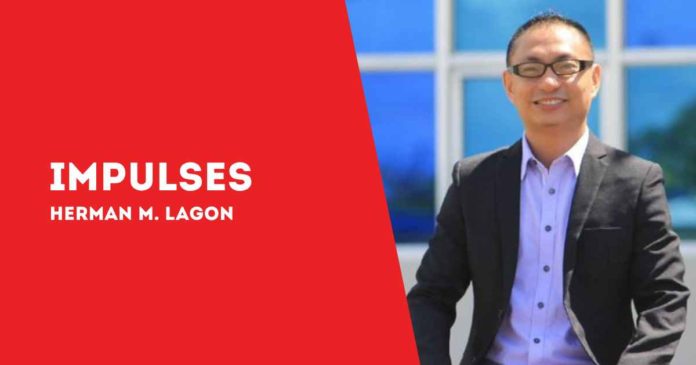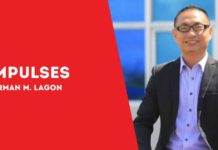
IN A WORLD with so many seemingly sharp divisions and binary options, false dichotomies remind us to reconsider our assumptions and seek a more sophisticated understanding of life’s opportunities.
Presenting more than two options as the sole ones is a logical fallacy called a false dichotomy. We risk missing out on a middle ground or more advantageous alternative when we reduce complex issues to their simplest forms and then jump to conclusions.
Think about the widespread notion that people are naturally more alert in the morning or later in the evening. People whose energy levels are highest in the early evening or whose productivity is lowest in the stillness of the afternoon are not considered by this dichotomy.
Similarly, the notion that one can only adore felines or canines alone rules out the wonderful prospect of appreciating both or discovering company in other animals, such as birds or reptiles.
There are many examples in daily life when simplistic views are privileged over more sophisticated ones.
Consider the claim that everyone has to be an extreme exercise freak or a total couch potato. Those in the middle, who participate in moderate, infrequent physical activities that benefit their health but do not constitute their lifestyle, are mostly ignored.
Another place where false dichotomies might flourish is in technology. We all fall somewhere on a spectrum of digital literacy, and dividing people into those who are extremely tech-savvy and those who are severely challenged by technology overlooks this reality. Nobody has to be an expert on every single device and feel powerless when fixing the most fundamental problems.
Furthermore, there are rarely any clear-cut options in life regarding personal commitments and decisions. It ignores that most people’s commitment and interest levels fluctuate when they say you must be “all in” or uninterested in anything.
Even journalism is susceptible to this kind of oversimplification. The decision is more complex than picking between winning journalism contests and publishing articles frequently. In their pursuit of influence and an extensive portfolio, many writers aim for a happy medium between quantity and quality in their craft.
The personal choice between realism and fantasy ignores that many people can find a way to anchor their ambitions in realism, transforming aspirational goals into attainable objectives. Combining creativity with pragmatism frequently produces the most satisfying and fruitful results. (To be continued)/PN







